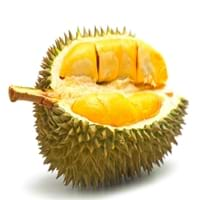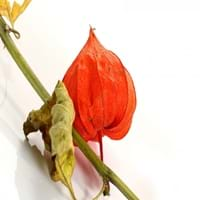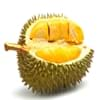Health Benefits
Anti depressant, Boosts immune system, Cancer prevention, Heart care, Reduces stress
Anti-oxidant properties, Anti-inflammatory properties, Cancer prevention, Maintains healthy cholesterol level, Reduces blood circulation problems, Treatment of cough, fever & sore throat, Treatment of Hypertension
General Benefits
Anti oxidant properties, Anti-inflammatory properties, Boosts immune system, Controls blood pressure, Controls blood sugar levels, Digestive aid, Flu treatment, Strengthens bones
Treatment of asthma, Treatment of cataract, Treatment of hepatitis, Treatment of macular degeneration, Treatment of neurodegenerative diseases
Skin Benefits
Anti-aging benefits, Brightens and lightens complexion
Treatment of Rheumatism & Dermatitis, Treatment of Skin Inflammation
Hair Benefits
Promotes longer and healthier hair, Protects hair
Unknown
Allergy Symptoms
Diarrhea, Headaches, Hives, Nasal congestion, Red rash, Runny nose, Vomiting
NA
Side Effects
Affects blood glucose levels, Nausea, Stomach pain
Hypertension, Ventricular Tachycardia
Best Time to Eat
Along with meal, As a snack in the late afternoon, Don't consume at night and before bed, Morning time (before lunch)
As a snack in the late afternoon, Eat the fresh ones, avoid mixing with any other foods, don't eat after meal., Morning time (before lunch), Strictly avoid empty stomach
Vitamin B5 (Pantothenic Acid)
Not Available
Vitamin B6 (Pyridoxin)
Not Available
Vitamin B9 (Folic acid)
Not Available
Vitamin C (Ascorbic Acid)
Vitamin E (Tocopherole)
Not Available
Water Content
Not Available
Calories in Fresh Fruit with Peel
Not Available
Calories in Fresh Fruit without Peel
Not Available
Calories in Frozen Form
Not Available
Calories in Dried Form
Not Available
Calories in Canned Form
Not Available
Not Available
Calories in Pie
Not Available
Type
Tree fruit, Tropical
Fruit vegetable
Season
Monsoon
Spring, Summer
Varieties
D24, D99 (Gob kecil), D123 (Chanee), D145 (Beserah), D158 (Gan Yau), D159 (Monthong), D169 (Tok Litok), D188, D189, D190, D163 (Hor Lor) and D164 (Ang Bak)
Physalis franchetii, Physalis pruinosa, Physalis peruviana, Physalis heterophylla and Physalis philadelphica
Color
Green
Bright Yellow, Orange
Inside Color
Yellow
Orange
Origin
South-Eastern Asia
Chile, Peru
Grows on
Not Available
Bushes
Climatic Conditions
Hot, Humid
NA
Facts about
- 1 kg of durian contains 1350 calories which may cause weight gain.
- It may have a hyperthermic effect on the body, making you feel warmer.
- Study shows that durian has an ability to reduce infertility in men & women.
NA
Other Countries
Indonesia, Malaysia, Philippines
NA
Top Importer
China
Netherlands
Top Exporter
Thailand
Colombia
Botanical Name
Durio zibethinus
Physalis Peruviana
Synonym
Lahia Hassk
Alkekengi, Herschellia & Pentaphitrum
Subkingdom
Tracheobionta
Tracheobionta
Division
Magnoliophyta
Magnoliophyta
Class
Magnoliopsida
Magnoliopsida
Subclass
Dillenhidae
Asteridae
Family
Malvaceae
Solanaceae
Species
D. zibethinus
Physalis
Generic Group
Not Available
Not Available
Difference Between Durian and Physalis
We might think that Durian and Physalis are similar with respect to nutritional value and health benefits. But the nutrient content of both fruits is different. Durian and Physalis Facts such as their taste, shape, color, and size are also distinct. The difference between Durian and Physalis is explained here.
The amount of calories in 100 gm of fresh Durian and Physalis with peel is Not Available and 77.00 kcal and the amount of calories without peel is 147.00 kcal and Not Available respectively. Thus, Durian and Physalis belong to High Calorie Fruits and High Calorie Fruits category.These fruits might or might not differ with respect to their scientific classification. The order of Durian and Physalis is Malvales and Solanales respectively. Durian belongs to Malvaceae family and Physalis belongs to Solanaceae family. Durian belongs to Durio genus of D. zibethinus species and Physalis belongs to Physalis genus of Physalis species. Beings plants, both fruits belong to Plantae Kingdom.









